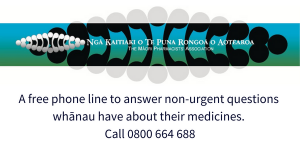The tetanus vaccine is used to protect against tetanus infection. This is a serious disease caused by tetanus bacteria, which is found in soil and manure. If an adult or child has a cut exposed to soil, they could get tetanus. Other ways tetanus bacteria can get into your body are through:
- open fractures where the skin is broken and the bone exposed
- bite wounds
- wounds that have foreign objects, eg, wood splinters
- crush injuries
- burns
- body piercings and tattoos
- eye injuries.
Tetanus affects your nervous system and causes severe muscle contractions, mainly of your jaw and neck muscles. Find out more about tetanus.
- Vaccination is the best method for preventing tetanus infection.
- This doesn't stop the bacteria growing in a contaminated wound, but it provides protection against the harmful toxin released by the bacteria.
- You can't get tetanus disease from the vaccine, as it doesn't contain live, active bacteria.






